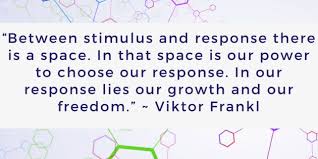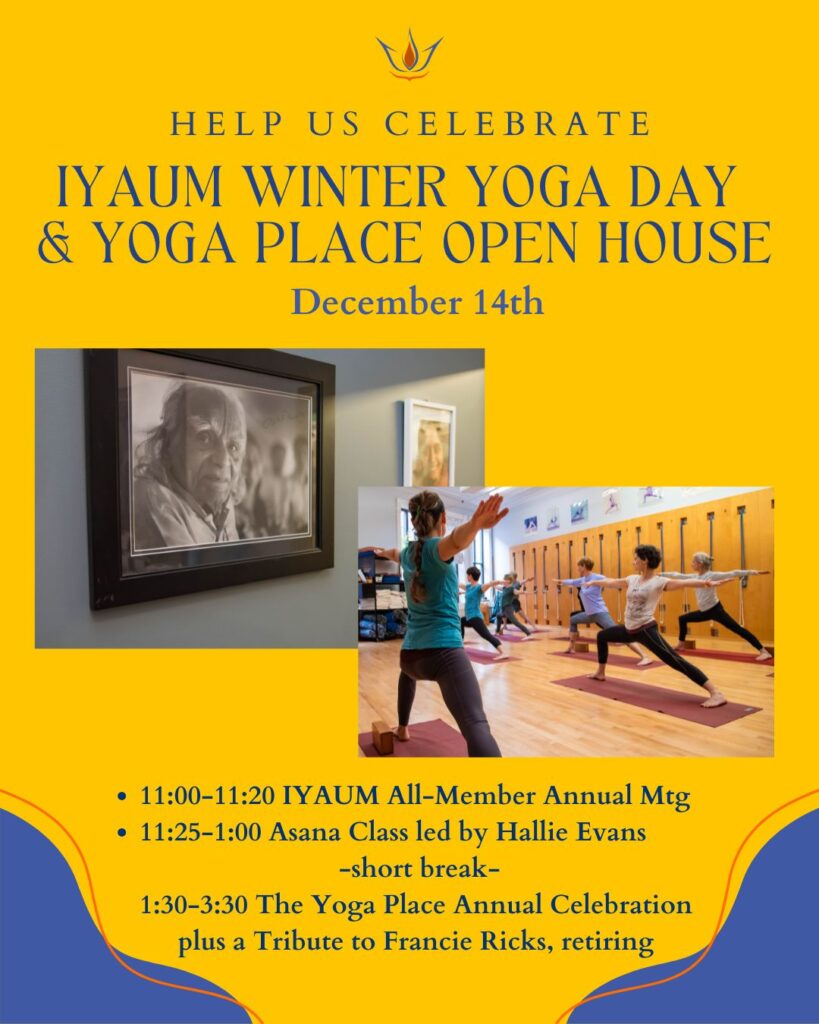The “Meaning” in Pain and Suffering

“Man is ready and willing to shoulder any suffering as soon and as long as he can see a meaning in it.”
Victor Frankl
The last chapter in the section of “Transforming Suffering” from “The Art of Happiness” asks us if we can find meaning within our pain and suffering. Along with the idea of changing perception from Chapter 10, this ability to find meaning in everything – even the suffering and pain – can lead us toward action and change, compassion and happiness, instead of getting stuck in helplessness.
“When a man suffers, he ought not to say ‘That’s bad! That’s bad!’ Nothing God imposes on man is bad. But it is all right to say, ‘That’s bitter! That’s bitter!’ For among medicines there are some that are made with bitter herbs.”
Hasidic Sage advice
Life is made up of both the pleasant and the painful, and both serve the purpose of learning and knowledge according to yoga. In our physical yoga practice of postures, there is often times we have to make a decision about “good pain” and “bad pain”. The pain of a stretch or the soreness after working muscles we haven’t worked in years is just that, pain. Always avoiding pain in a stretch or soreness after working the body means that change will never be on the horizon. On the other hand, pain in joints and organs is another story all together. Through yoga, we must develop sensitivity and awareness around pain to begin to sense its “meaning”.
How we deal with physical pain is what may lead us toward more or less mental suffering. This is why we need to change out perspective and also search for the meaning behind the pain. In this Chapter, Dr. Cutler highlights a few examples of studies on how pain is actually our friend and “a remarkable, elegant, and sophisticated biological system that warns us of damage to our body and thus protects us.” To shun pain altogether or to always seek the pleasurable, we miss out on quite a bit of learning and what makes us human. As the last chapter suggested, it also may “result in one becoming a sort of gelatinous mass, a monstrosity really – with the mental and emotional development of veal.”
“In the same way that physical pain unifies our sense of having a body, we can conceive of the general experience of suffering acting as a unifying force that connects us with others. Perhaps that is the ultimate meaning behind our suffering.”
Dr. Howard Cutler – The Art of Happiness – Finding Meaning in Pain and Suffering
This Chapter again ends with another practice of Tong-Len, the meditation on “Giving and Receiving”. This practice allows us to take on the suffering of others and give back compassion through understanding. When we can unify ourselves around the experience of suffering, we can better develop compassion for EVERYONE around us.
